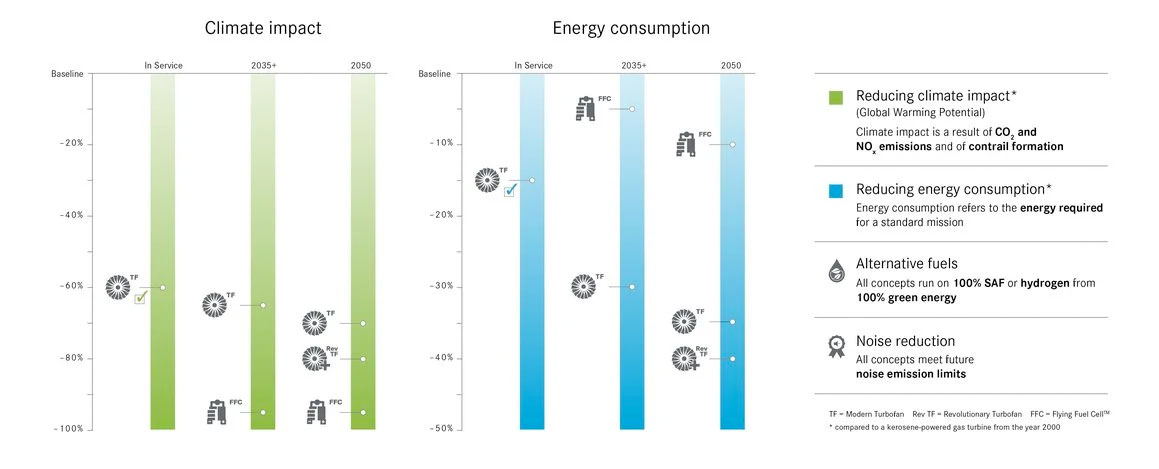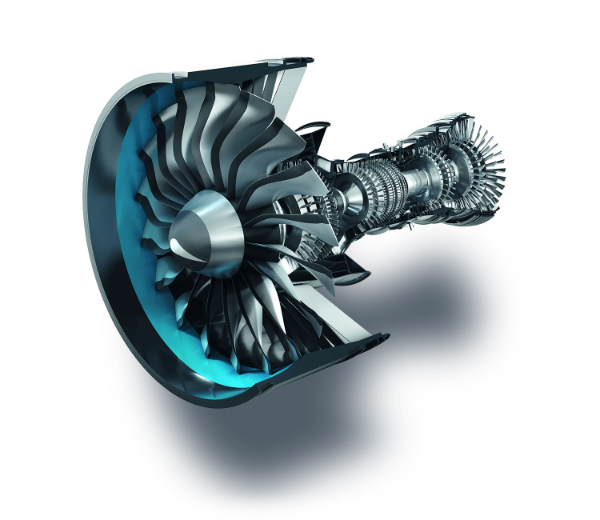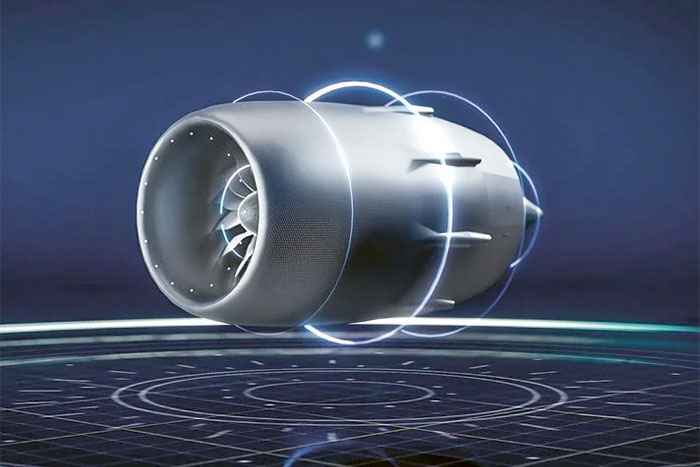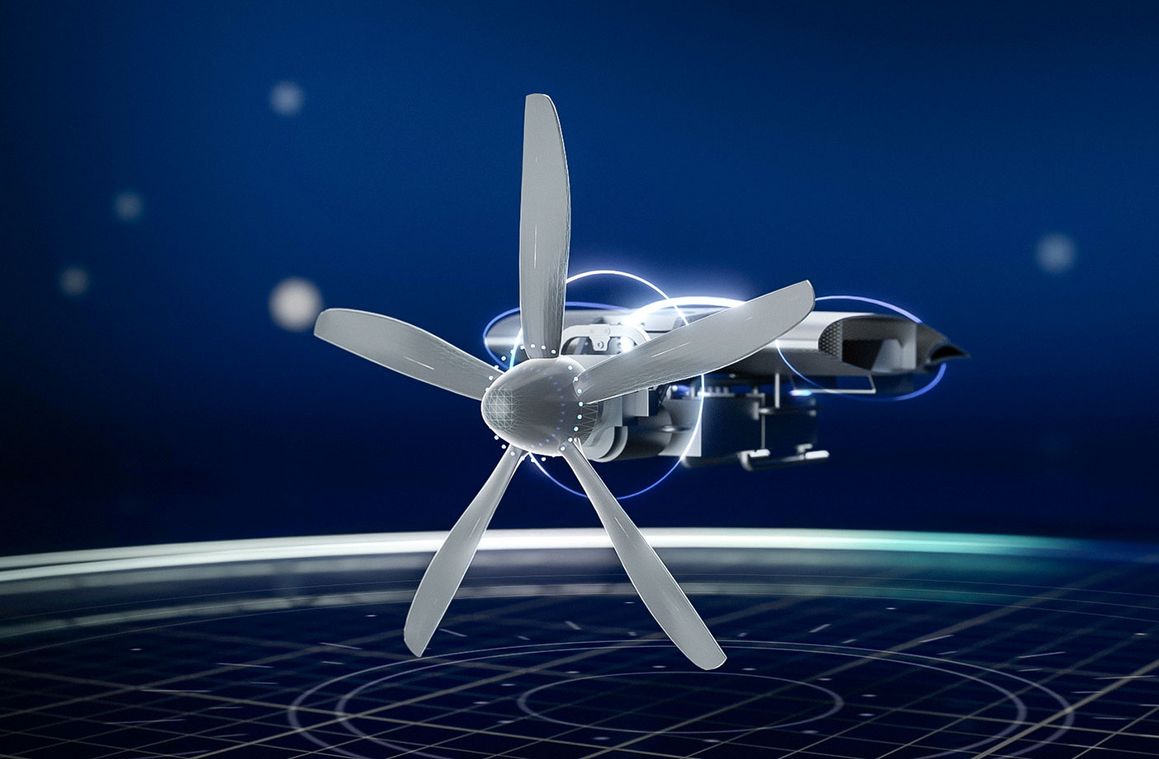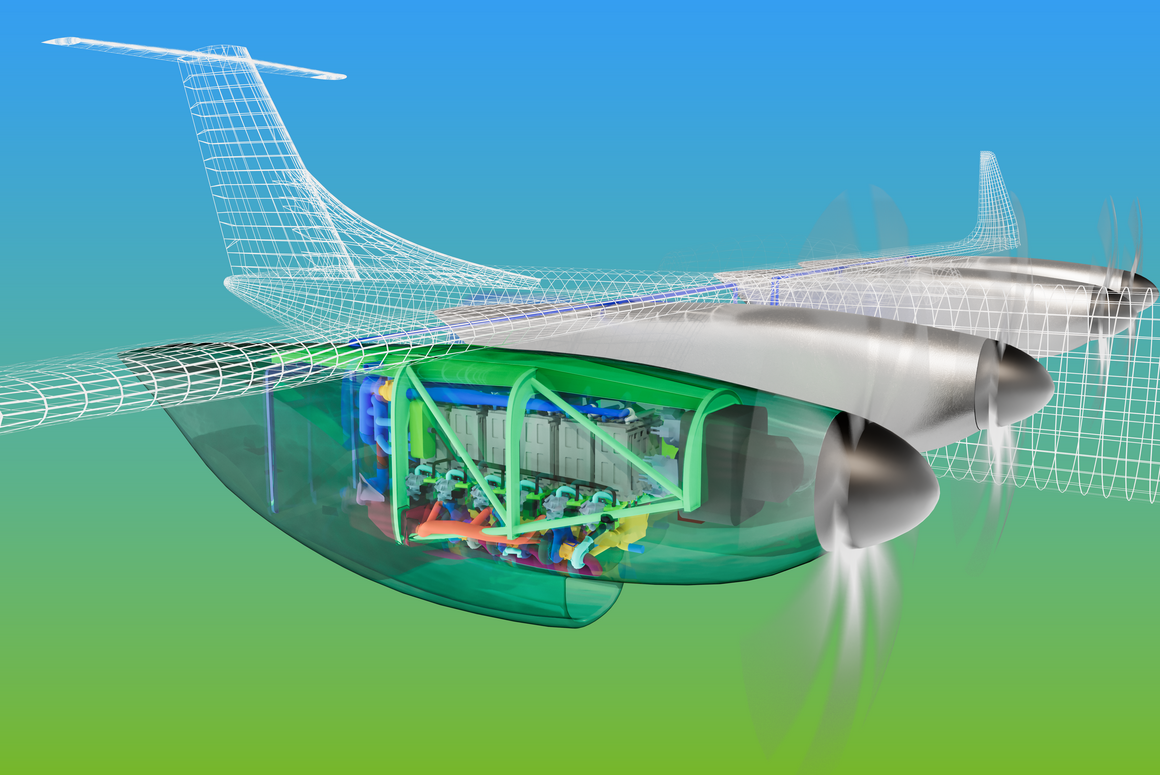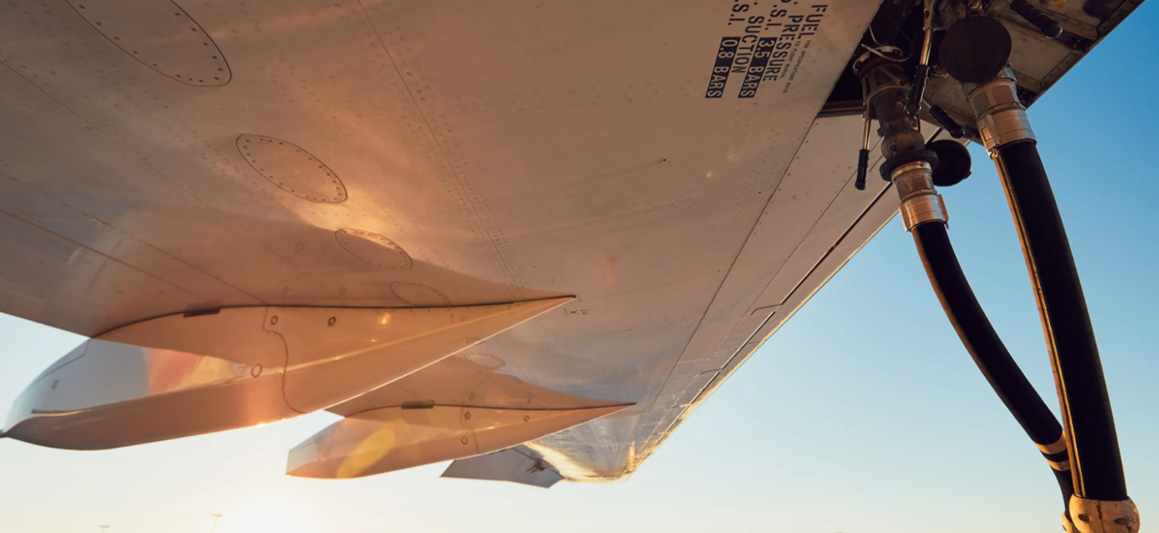Engines for a cleaner future
At MTU, we’re pursuing the clear course: cleaner, quieter, more economical. With our Claire (Clean Air Engine) technology agenda, we lay out innovative concepts for sustainable commercial aircraft engines. To do so, we take a two-pronged approach: one is evolutionary development of the gas turbine based on the geared turbofan (GTF), and the other is the development of completely new, revolutionary propulsion technologies, such as the Revolutionary Turbofan and the Flying Fuel CellTM (FFC). Sustainable aviation fuels and hydrogen play a key role, and so we’re already working on an innovative liquid-hydrogen fuel system for the FFC, while also building two state-of-the-art test stands for it on our premises in Munich.


